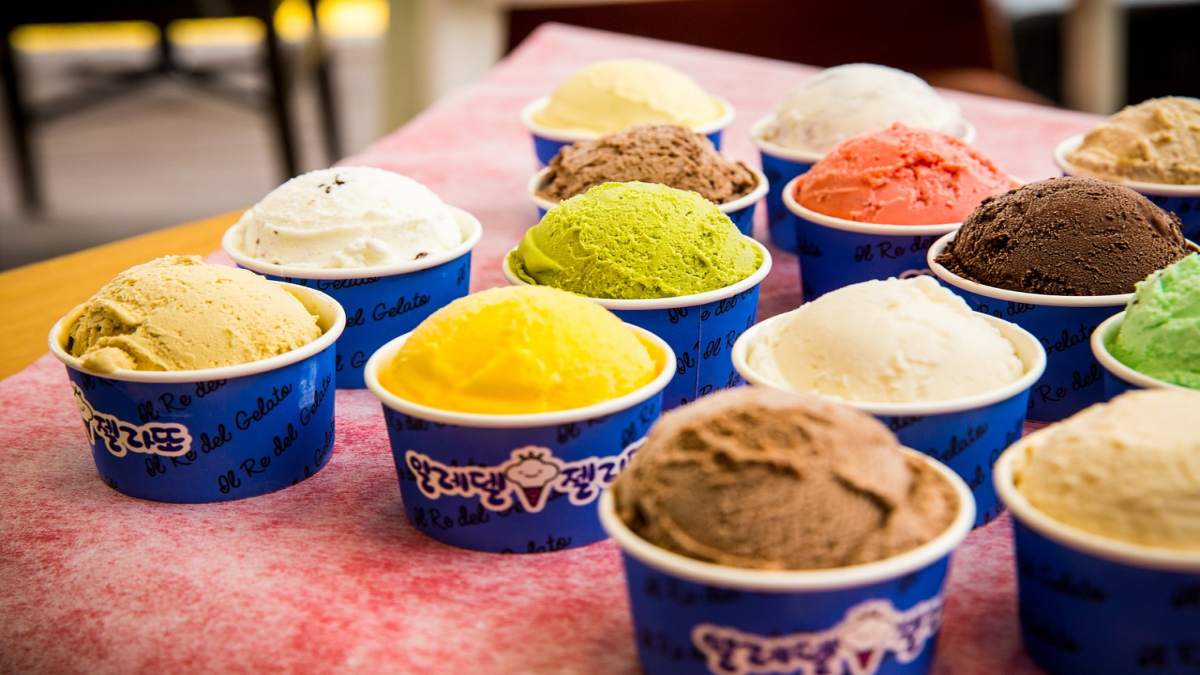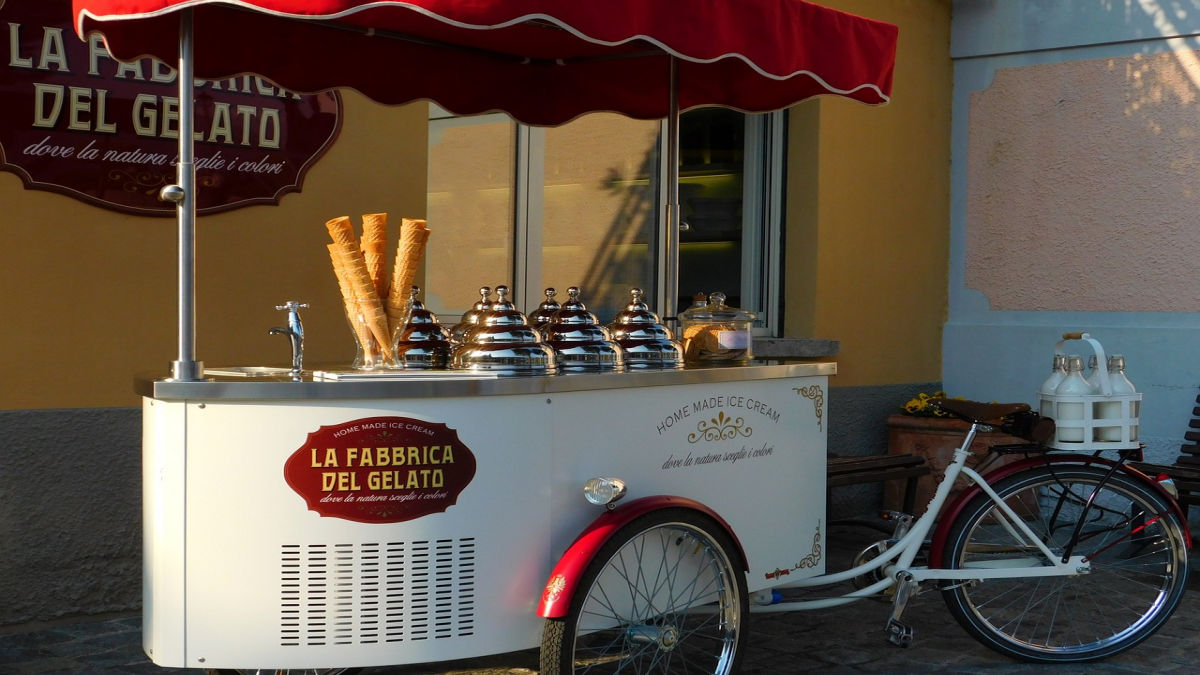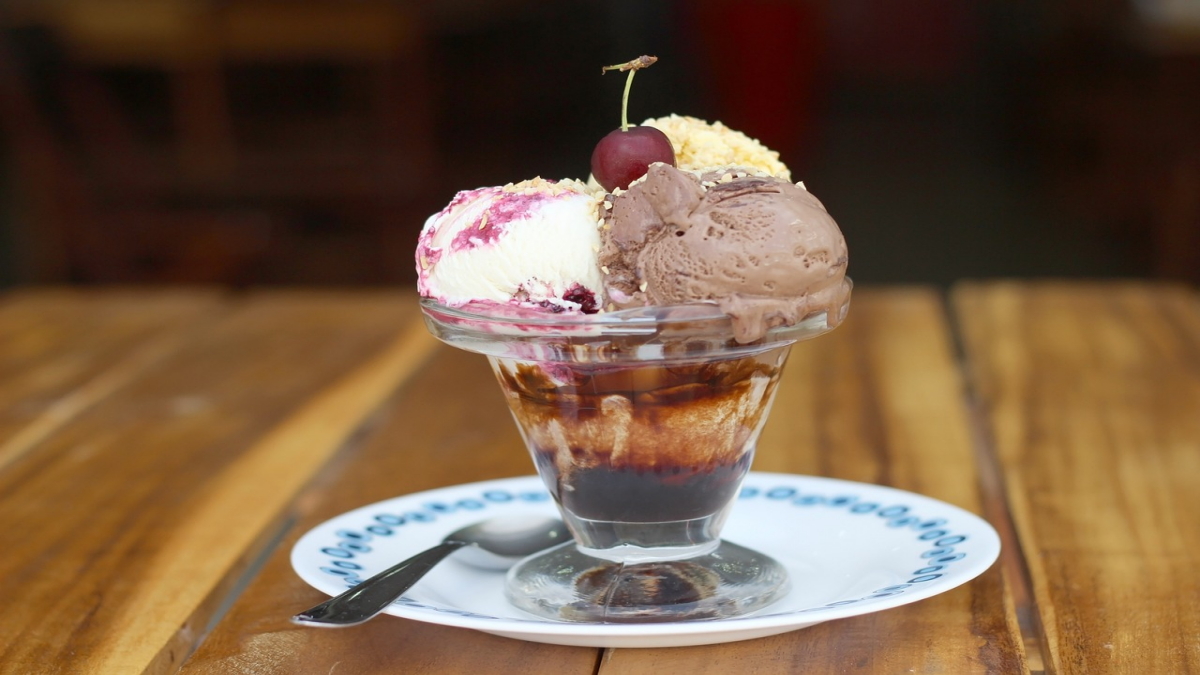Observation | Country Multipliers Makes Monetization Easier for Developers
Free Fire Shows Strong Momentum, with Its Revenue Overtaking PUBG Mobile in a Single Market for Q1 2021
How Much do you Know About the Game Minecraft?
The Next $1 Billion-level Match-3 RPG Mobile Game? Small Giant Games Releases New Zombie Theme
With monthly subscription of USD14.99 in Ubisoft, you can enjoy hundreds of 3A games!
How to Get Free Wi-Fi Networks Correctly and Safely?
Welcome, foodies, ice cream aficionados, and history nerds! Today, we dive spoon-first into the scrumptious saga of ice cream.
From its humble beginnings in ancient China, where milk and rice made the original cool combo, to the royal refinements in Persia and Europe, we'll explore the cultural blend that sweetened this treat.
As we time-travel, we'll meet the 19th-century geniuses who turned ice cream into a mass delight, birthing the first ice cream parlors.
And let's not forget today's flavor fiesta, where creativity knows no bounds, and our taste buds are endlessly entertained.
Join us as we uncover the delicious milestones that have turned ice cream into the global indulgence we all scream for!
The Beginnings: Ancient China
200 BC: The First Known Ice Cream-Like Dessert
Our story begins in China around 200 BC, where the earliest form of ice cream was created.
This ancient treat was concocted using a mixture of rice and milk that was then frozen—a primitive yet innovative technique that laid the groundwork for the ice cream we enjoy today.
The method involved packing the mixture in snow, ensuring it remained cold enough to solidify.
Over time, this early version of ice cream evolved as various cultures across the globe experimented with different ingredients and techniques, leading to the rich, creamy dessert we now know and love.
The journey from those first frozen confections to modern-day ice cream is a testament to human creativity and the universal desire for sweet treats.

618-907 AD: The Tang Dynasty's Technique
Fast forward to the Tang Dynasty (618-907 AD), where the Chinese further refined the art of making ice cream. They developed a method using a combination of milk, rice, and ice, showcasing an early understanding of freezing techniques.
This intricate process involved mixing the ingredients and then placing the mixture in metal tubes, which were subsequently immersed in a mixture of ice and salt to lower the temperature and achieve the desired consistency.
This period marks one of the first known instances of intentional ice cream production, highlighting the ingenuity and culinary advancements of the Tang Dynasty.
Such innovations laid the groundwork for future generations to expand upon, eventually leading to the diverse and delicious range of ice cream flavors we enjoy today.
The Journey to Europe
13th Century: Marco Polo's Influence
The next significant milestone in the history of ice cream involves the legendary explorer Marco Polo. Returning to Italy from his extensive travels in the East during the 13th century, Polo brought back a recipe for a sherbet-like dessert that he had encountered.
This refreshing treat, made from snow, fruit juices, and honey, was a sensation among the nobility and quickly garnered attention.
Polo's introduction is considered one of the earliest forms of ice cream in Europe, sparking widespread interest and innovation across the continent.
As European chefs experimented with the recipe, they began to develop new techniques and flavors, eventually leading to the rich and creamy ice cream we enjoy today.
This cultural exchange not only enriched European cuisine but also paved the way for the global popularity of ice cream.
Ice Cream in Europe
17th Century: A Treat for the Elite
By the 17th century, ice cream had captured the hearts of European elites, particularly in Italy and France.
This luxurious treat became synonymous with wealth and sophistication, often found gracing the tables of royalty and aristocrats during lavish banquets and grand feasts.
Its popularity surged as it was served in ornate bowls and elaborate molds, paving the way for further advancements in its preparation and broader accessibility.
As techniques improved and recipes evolved, ice cream began to trickle down from the opulent dining rooms of the elite to the general populace, eventually becoming a beloved dessert enjoyed by people from all walks of life.

The American Revolution
18th Century: Ice Cream Crosses the Atlantic
Ice cream made its way to America in the 18th century, quickly becoming a beloved dessert. The first ice cream parlor in the United States opened its doors in New York City in 1776, offering a new and delightful experience for the American public.
This establishment was likely small and quaint, serving up the frozen treat that captivated the taste buds of many. This era marked the beginning of ice cream's widespread popularity in America, with different flavors and recipes soon emerging.
Over time, ice cream became more accessible, leading to the creation of countless ice cream shops, parlors, and eventually, the production of ice cream in grocery stores, making it a staple in American cuisine and culture.
Today, it's hard to imagine a summer without the cooling comfort of an ice cream cone or a family gathering without a tub of everyone's favorite flavors.
Technological Advancements
19th Century: The Hand-Cranked Ice Cream Freezer
The 19th century brought about significant technological advancements that revolutionized ice cream production.20th Century: A Household Staple
The 20th century saw ice cream solidify its place as a staple dessert in households worldwide.
The industry experienced tremendous growth, with the introduction of many popular flavors and the development of ice cream novelties like the ice cream cone, sundae, and the iconic ice cream sandwich.
This period also saw advancements in refrigeration technology, making it easier to produce, store, and distribute ice cream.
Companies began to experiment with new ingredients and recipes, resulting in a diverse array of flavors and textures that catered to a wide range of tastes.
Ice cream parlors became popular social gathering spots, and the treat's association with joy and celebration was firmly established in popular culture.

Conclusion
From its humble beginnings in ancient China, where it was believed that a mixture of milk and rice was frozen in the snow, to its status as a beloved global treat enjoyed by millions.
The history of ice cream is a testament to human ingenuity and our enduring love for sweet indulgences.
This delicious journey spans centuries and continents, with each culture adding its unique twist.
The Roman Empire, for instance, enjoyed iced desserts made with snow and flavored with honey and fruit, while the Arabs introduced the world to sherbet, a precursor to modern sorbets.
The Renaissance era in Europe saw the introduction of ice cream to the courts of Italy and France, where it quickly became a favorite among royalty.
The recipe evolved further in the 18th century when it crossed the Atlantic to America, where the invention of hand-cranked ice cream makers and the establishment of ice cream parlors made it more accessible to the masses.
Each milestone along the way has contributed to the rich weave of flavors and experiences that ice cream offers today.
From the classic vanilla and chocolate to innovative concoctions like matcha green tea and salted caramel, ice cream continues to evolve, delighting taste buds with every new creation.
So next time you savor a scoop of your favorite flavor, take a moment to appreciate the centuries of innovation and passion that have gone into creating this timeless delight.
Enjoy your sweet journey through time, knowing that each bite connects you to a rich history of culinary artistry and human creativity.
We hope you found this exploration of ice cream's origins as fascinating and delicious as we did. Stay tuned for more captivating stories about the foods you love!